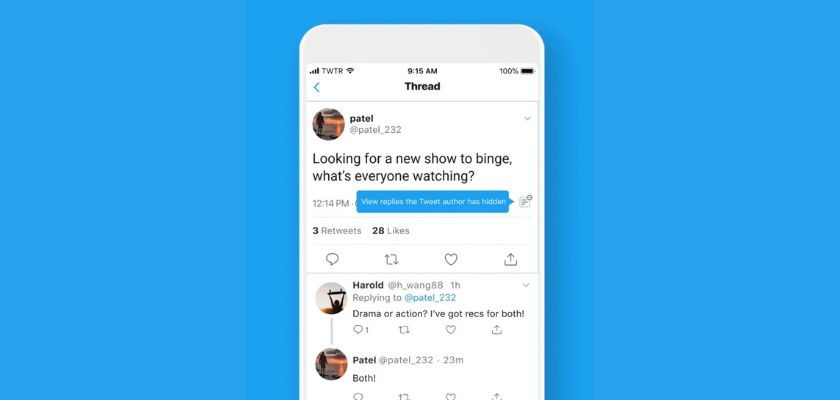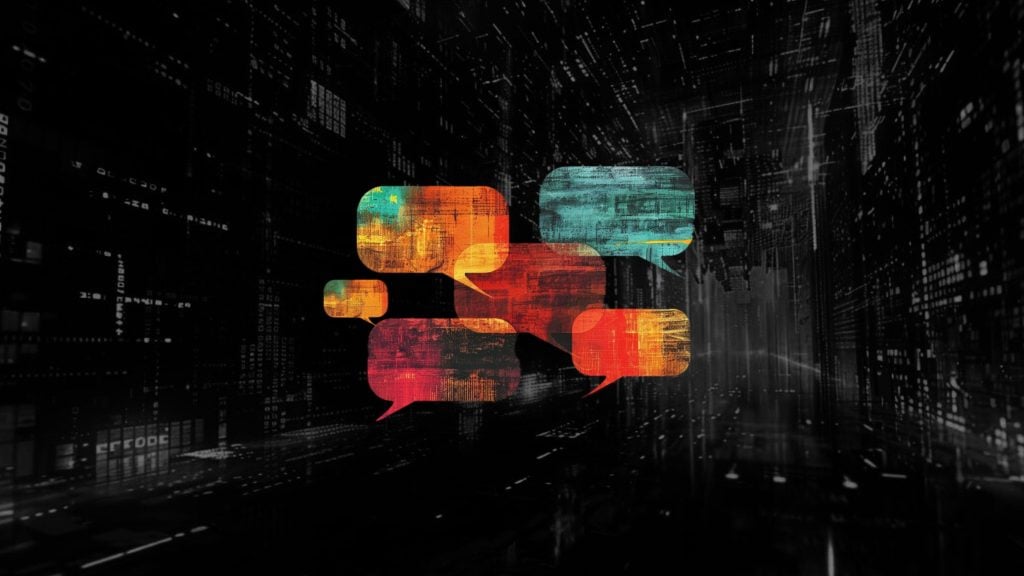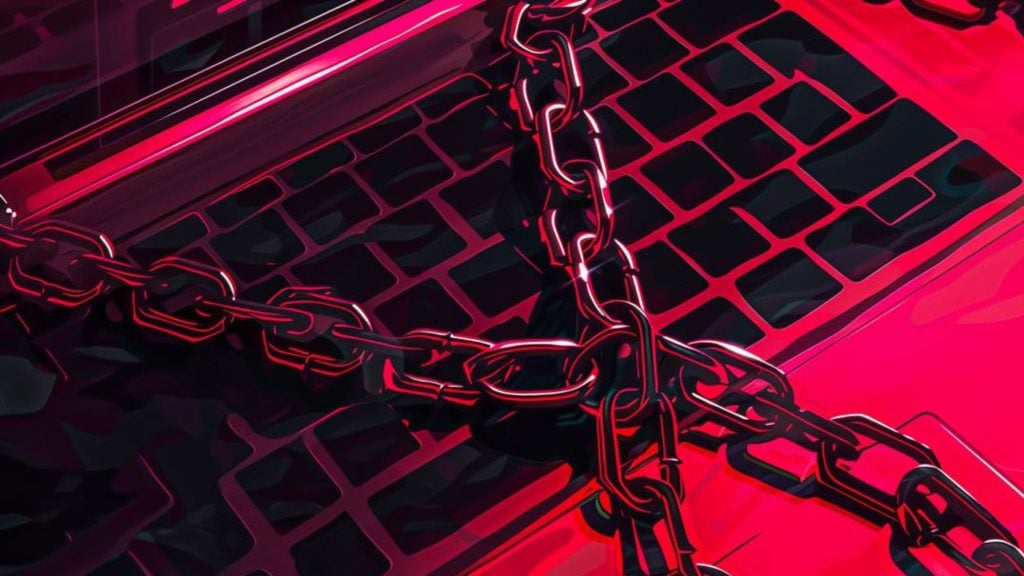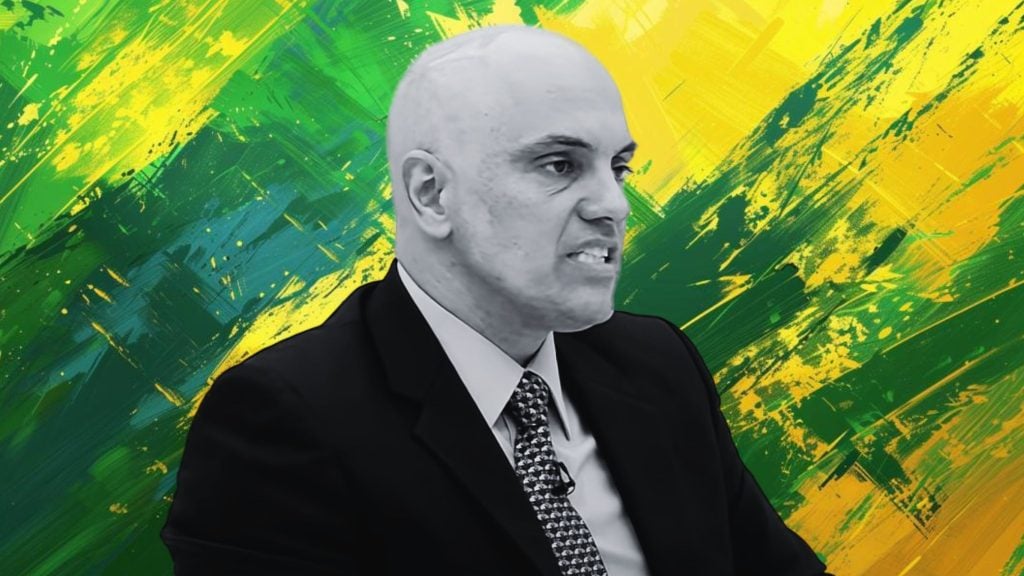Twitter, for a long time struggling with user numbers, would clearly like to keep everybody on the platform, and see them engaging with others by, for example, by replying to their posts.
And that’s true even if the person you’re replying to doesn’t want to see your reply.
Namely, instead of outright banning those the social media giant or any of its users deem unacceptable by any standard, the plan is to give them the illusion of participation by introducing a new feature – hiding replies.
At the same time, it gives those who want to hide replies the illusion they are protected from the content they don’t want to see – because everybody else can see it.
In a blog post the company frames this as giving “some” control to users over conversations that develop in reaction to their tweets.
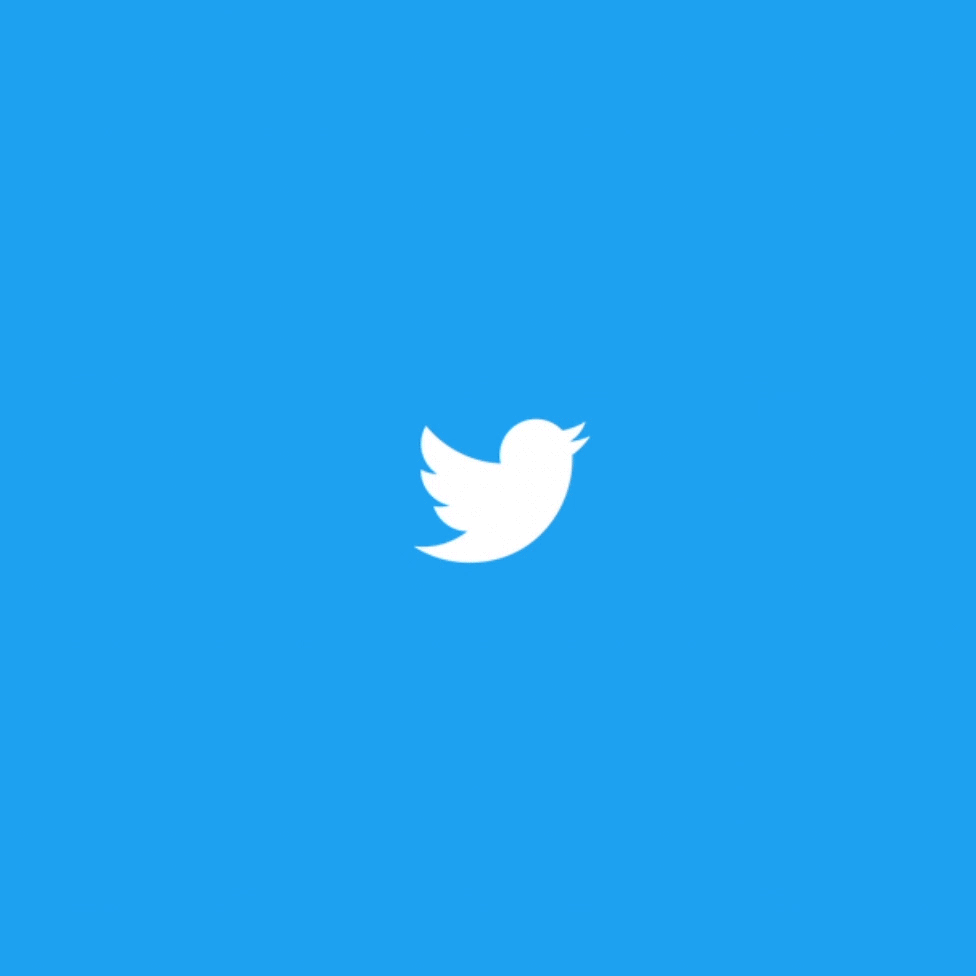
Describing the conversations that happen on the platform as “important” – and quoting the likes of #MeToo and #BlackLivesMatter, all the way to #NBAFinals, the blog post provides two GIFs that demonstrate the new feature, around a more innocuous topic like favorite TV shows.
The first GIF shows that a user can choose to hide a spammy reply from their thread. But others can reveal it if they navigate to a small gray icon, and read it by clicking or tapping there.
The second GIF seems to show that the location of the icon that reveals hidden replies is indicated with a large blue popover shaped like an arrow – it’s unclear if this will happen with no user interaction or once a user hovers over the icon.
The first country where the feature will be rolled out for testing next week will be Canada, and Twitter said it was hoping for useful feedback on how to make the tool better before it’s launched worldwide.
It seems as if Twitter wants to walk the fine line of building the image of “transparency and openness” – although, no free speech is promised in the blog post – while making it hard for its users to actually freely and openly express themselves – one might even call it a form of indirect censorship.
If you're tired of censorship and dystopian threats against civil liberties, subscribe to Reclaim The Net.

